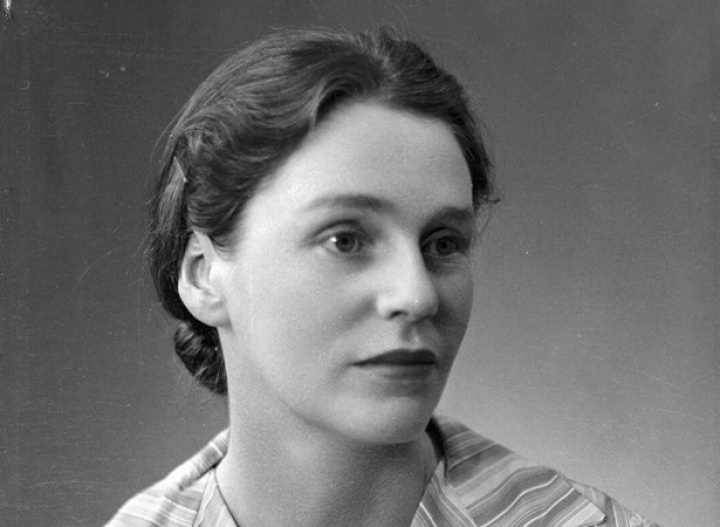Iris Wilkinson plaque unveiled in Wellington today
Friday 26 October

One of New Zealand’s most accomplished writers, Iris Wilkinson, will be honoured today in a ceremony outside her childhood home in Northland.
Wilkinson, born in 1906, wrote under the pen name of Robin Hyde. She lived a short and tortured life but her writing, which included novels and poetry, gained her worldwide recognition.
As part of Wellington City Council’s recently introduced Heritage Plaques scheme, a plaque to Wilkinson will be unveiled at 92 Northland Road at 11am today.
The first two Heritage Plaques honouring radio personality Maud Basham (Aunt Daisy), and nun, social worker and herbalist Suzanne Aubert, were unveiled in recent weeks.
The Council’s Heritage Plaque scheme launch coincided with the 125th anniversary of Women’s Suffrage in New Zealand, so it was decided to honour three women initially.
The scheme has been led by Councillor Nicola Young, whose is responsible for the Central City Projects portfolio.
During Wilkinson’s tumultuous and incredibly productive life, she was ‘brilliant, beautiful, difficult and doomed’, according to the biography co-authored by her son, Derek Challis.
Her parents emigrated from South Africa when she was a baby and rented a series of houses in Newtown, Melrose and Berhampore. She went to South Wellington School and Berhampore School, where she was dux in 1918. She later wrote about her early life in her autobiographical novel The Godwits Fly.
In 1919, her father bought their first home, in Northland Road, using a Government war service payment. Wilkinson attended Wellington Girls’ College, where many of her poems and stories appeared in the school magazine. In 1921, she was called ‘the Schoolgirl Poetess’ when The Dominion recognised the quality of her writing.
She later worked for The Dominion, the Christchurch Sun, NZ Truth and the Wanganui Chronicle.
Between 1935 and 1938, Wilkinson had five novels published and wrote an autobiographical novel about her adult years, A Home in this World (unpublished until 1984), plus passionate articles and letters denouncing the planned removal of Māori from their land at Ōrākei.
In 1938, she made a difficult journey to London. By the time she got there she was seriously ill and penniless. She moved in and out of hospital, suffering from depression, dysentery and anaemia, and in 1939 took her own life.
“Iris Wilkinson was a brave and pioneering writer, despite her enduring health problems,” says Cr Young. “She used Māori and Pakeha history and stories to find a distinctive New Zealand voice. It was a very different style to her contemporary male writers, who often copied British writing styles.”
Today’s ceremony will be attended by staff from the Royal Society of New Zealand, which helped fund Derek Challis’s biography of his mother.
ENDS


 Whanganui Regional Museum: Historic Wedding Dress Unveiled, A Piece Of Marton’s Heritage
Whanganui Regional Museum: Historic Wedding Dress Unveiled, A Piece Of Marton’s Heritage Donovan Ryan: Local Runner Takes Out Frontrunner Christchurch Marathon
Donovan Ryan: Local Runner Takes Out Frontrunner Christchurch Marathon University of Auckland: Tributes Flow For Much Loved Pacific Leader Melegalenu’u Ah Sam
University of Auckland: Tributes Flow For Much Loved Pacific Leader Melegalenu’u Ah Sam NZEI: Ministry Of Education Cuts Will Disproportionately Affect Pasifika
NZEI: Ministry Of Education Cuts Will Disproportionately Affect Pasifika Day One Hapai te Haeata: Call To Action For Young Filmmakers Against The Backdrop Of Funding Cuts
Day One Hapai te Haeata: Call To Action For Young Filmmakers Against The Backdrop Of Funding Cuts Toyota New Zealand: Three Races For Top Three To Decide TR86 Title
Toyota New Zealand: Three Races For Top Three To Decide TR86 Title